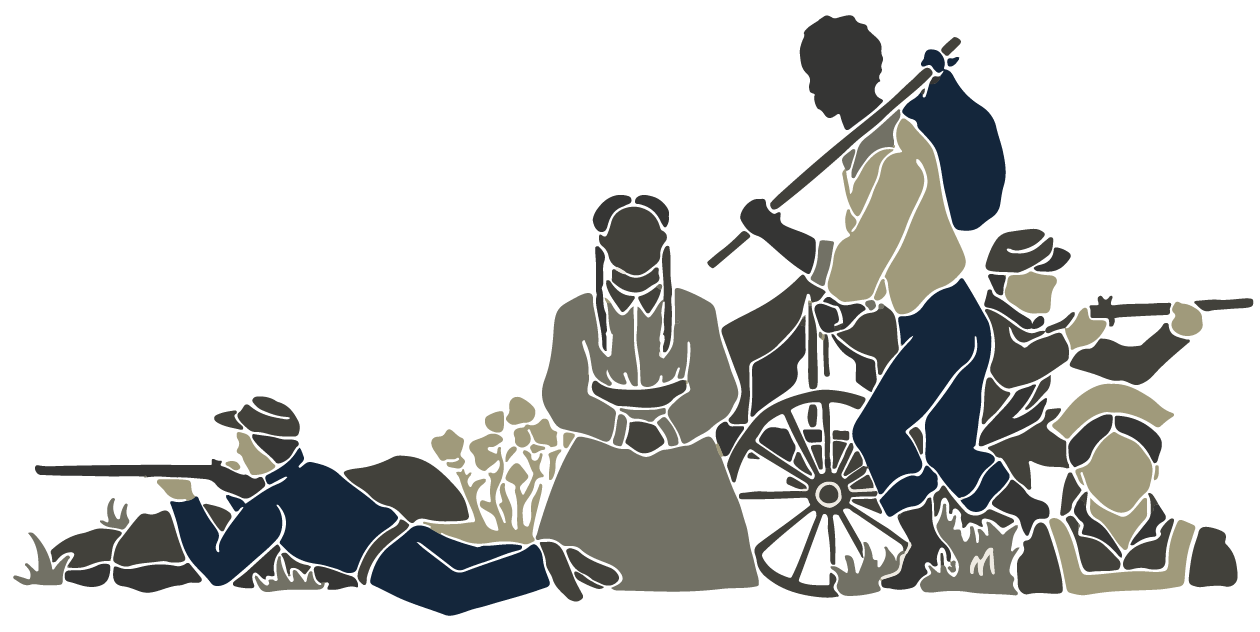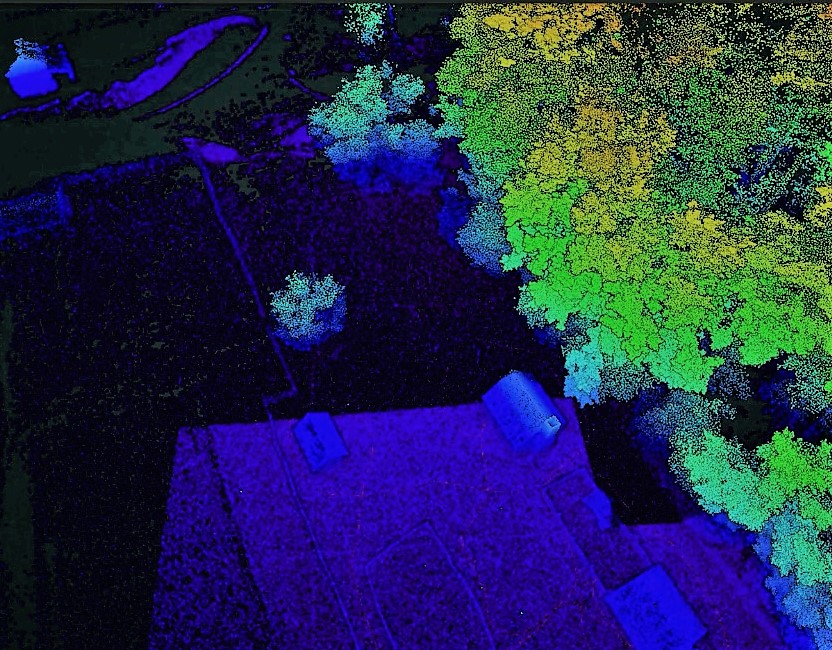
The Virginia Center for Civil War Studies is spearheading a new project that uses Augmented Reality technology to present diverse aspects of Civil War era history to public audiences.
Funded by a National Endowment for the Humanities “Digital Projects for the Public” grant, an interdisciplinary team is designing an Augmented Reality application for visitors to Pamplin Historical Park in Petersburg, Virginia. At its museums, battlefield, and historic homes, Pamplin HP educates large public audiences of all ages about Civil War history. Our application will share new stories, informed by current humanities scholarship, presented in innovative ways.
Using mobile devices, visitors will learn about less familiar Civil War topics: interconnections between the environment and military affairs; the war’s transformative impact on African Americans and other civilians; and the benefits of reading wartime documents with a historian’s eye.
On their phone or tablet, they will experience multimedia guided interpretations of documents from this place, see video of historians sharing diverse perspectives, and more. Visualizing the past in new ways will inspire deeper empathy, curiosity, and understanding.

In addition to Tim Talbott, Director of Education at the Pamplin Historical Park, the center is partnering on this project with Dr. Kathryn Shively of Virginia Commonwealth University, Virginia Tech’s Center for Human-Computer Interaction, VT’s program in Applied Research in Immersive Experiences and Simulations, and multiple VT faculty: Paul Quigley (History); Doug Bowman (Computer Science); Zachary Duer (Visual Arts); Corinne Guimont (Libraries); David Hicks (Education); Kurt Luther (Computer Science); Todd Ogle (Libraries); Thomas Tucker (Visual Arts).
For more information, check out Virginia Tech’s report on the project here.

